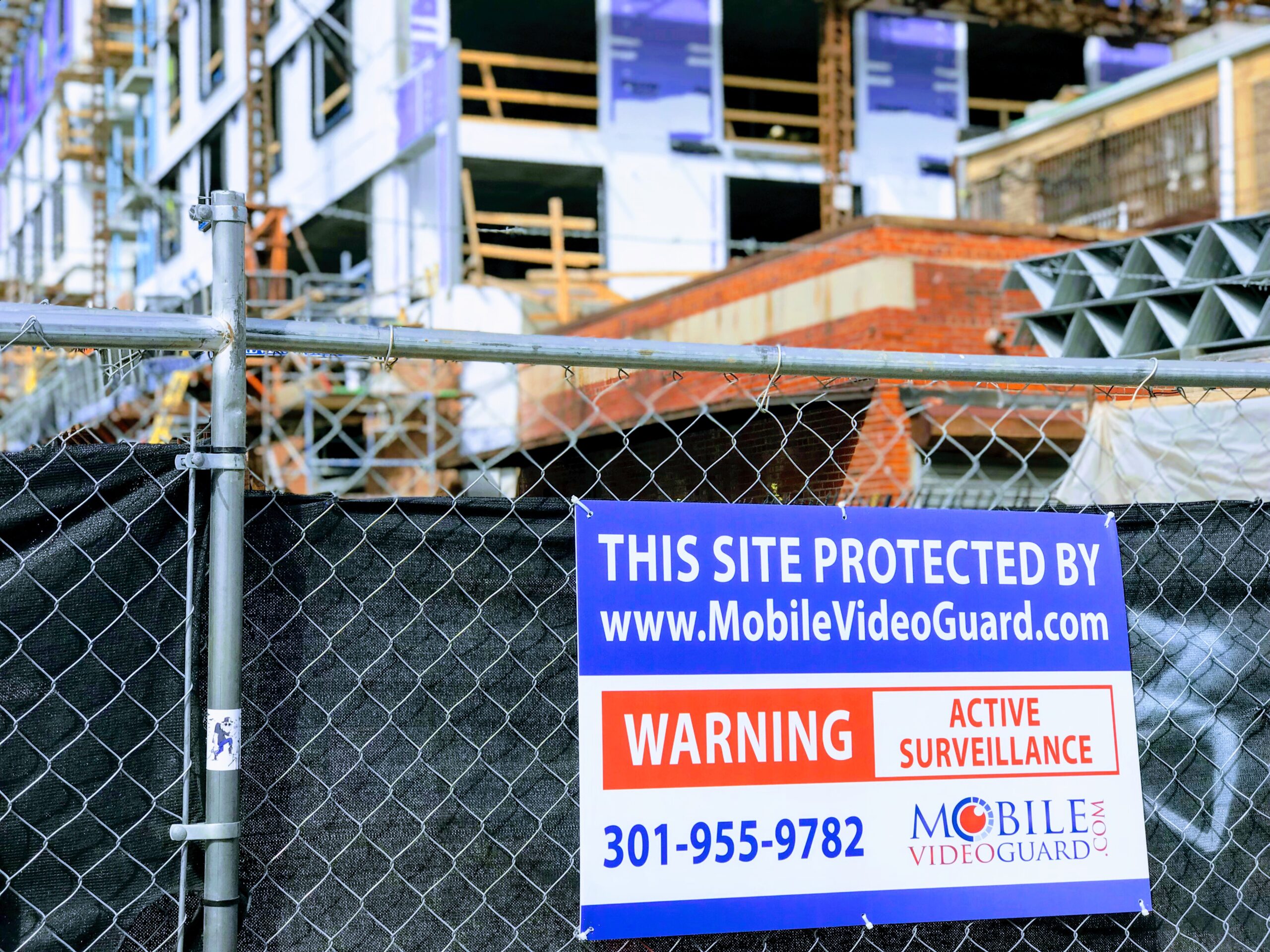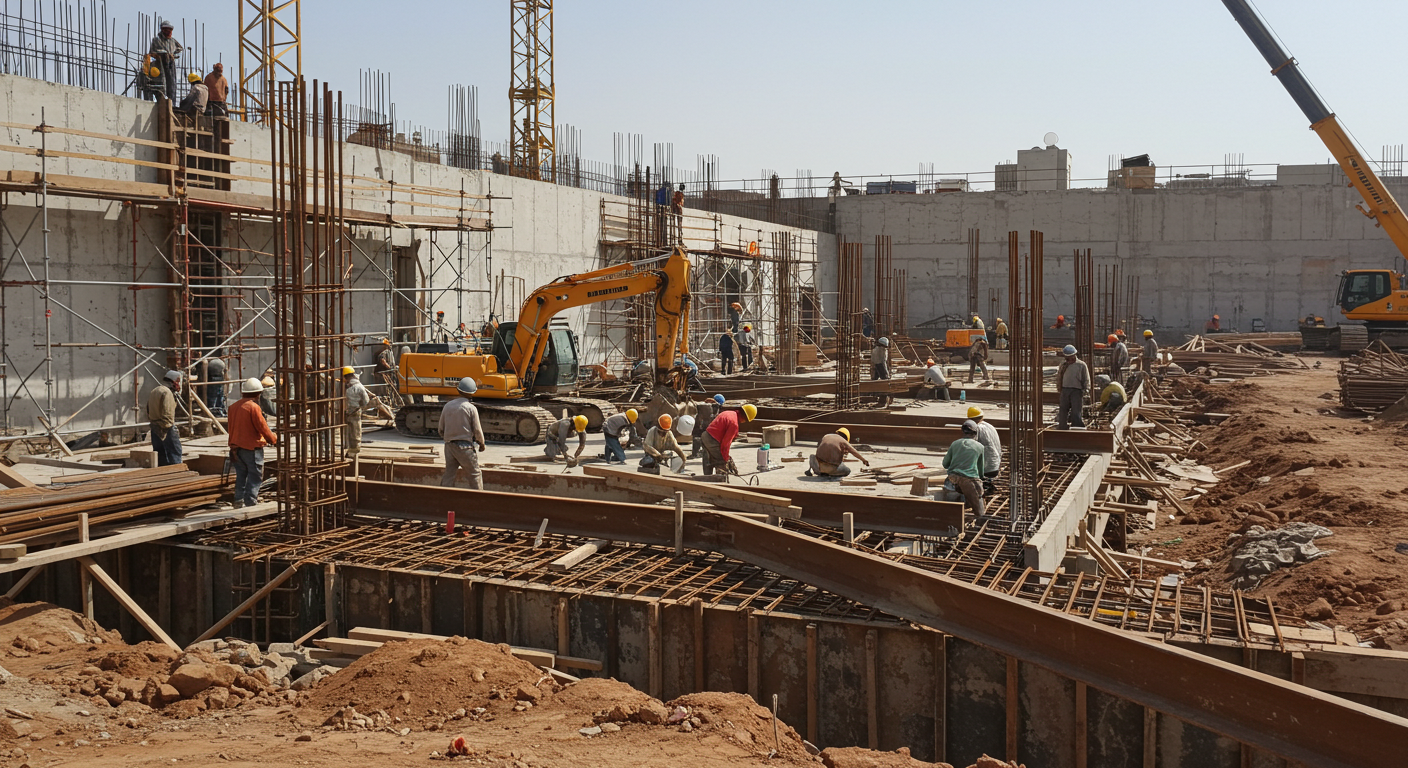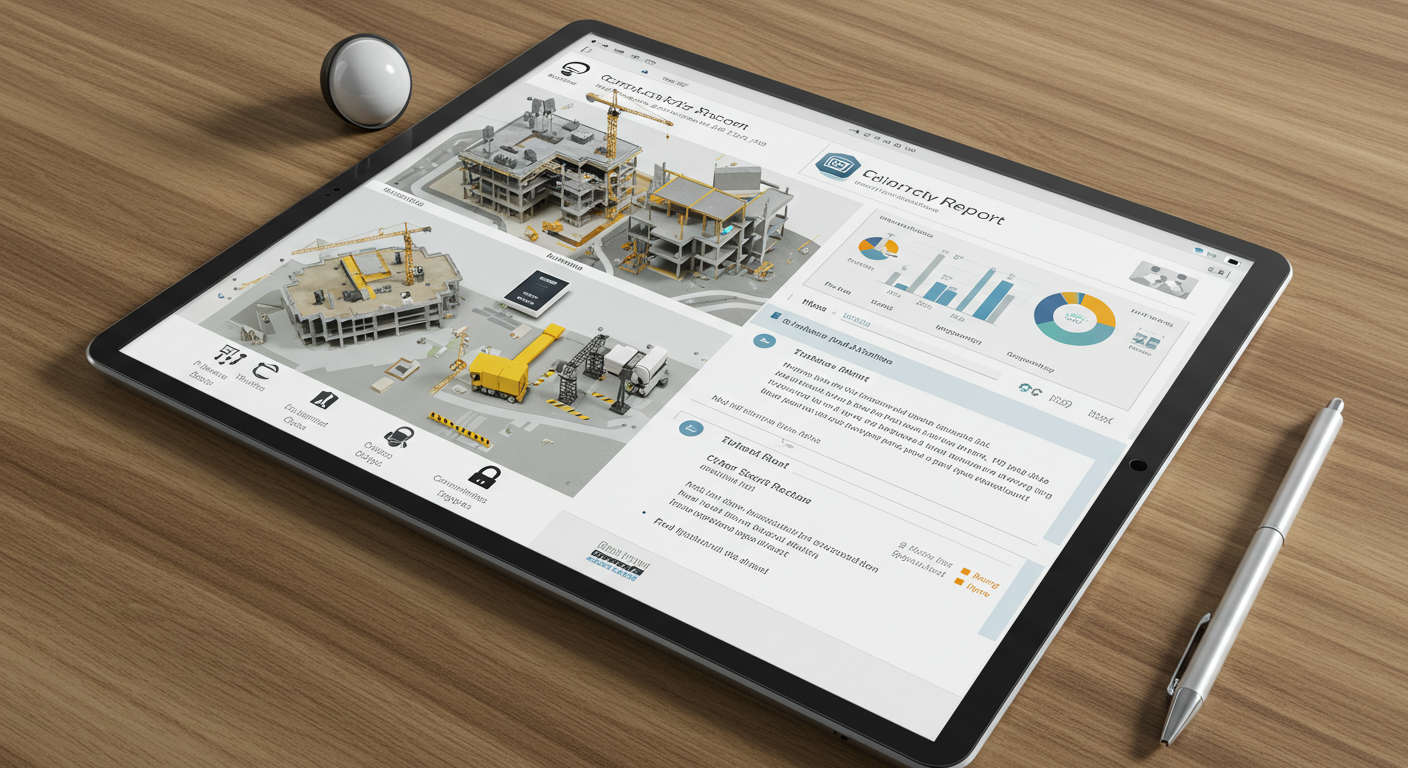As security professionals, you understand the magnitude of keeping educational campuses safe. You are also aware of the traumatizing impact even safety drills can have on children and adults. Maintaining a balance between safety and learning is more challenging than people outside the security field may think. Security guards need to be visible, but too many can generate unnecessary concerns. One way to improve security without raising undue concerns is to deploy HD CCTV camera systems.
HD CCTV Camera Systems
HD CCTV camera systems (high-definition closed-circuit television) transmit uncompressed 720p or 1080p digital video in a point-to-point network for video surveillance. These systems can range from simple home installations of a single camera to campus-wide implementations to secure facilities and personnel 24 hours a day. Having such a surveillance system can help with:
- Monitoring personal safety
- Protecting physical assets
- Reducing potential litigation
Properly deployed and maintained HD CCTV camera systems can help security professionals keep educational environments secure without increasing the stress level of the people they are trying to protect.
Personal Safety
The latest report on School Crime from the National Center for Educational Statistics covers violent and nonviolent crimes against students and faculty at K-12 schools and post-secondary institutions.
K-12
Although there has been a decrease in school crime since 2001, it continues to be of concern nationwide.
- 79% of public schools recorded one or more instances of violence, theft, or other crimes for a total of 1.4 million recorded incidents.
- Only 47% of the schools reported crime incidents to the police for a total of 449,000.
Based on these statistics, approximately two-thirds of school crimes go unreported. What types of crimes occurred on school property according to the 2018 report?
- 9% of students reported being in a physical fight
- 4% reported carrying a weapon to school.
- 3% of sixth through tenth graders reported being victimized at school with 2% reporting that the victimization involved violence.
- 1% of juniors and seniors reported being victimized with the majority of those involving violence.
About 99% of junior and senior high schoolers observed a security measure such as a written code of conduct, visitor sign-in, and added staff in place at their schools. Video surveillance can act as a deterrent. When necessary, it can provide evidence to support disciplinary actions. That’s why HD CCTV camera systems can be so helpful.
Post Secondary
The statistics for post-secondary institutions are more concerning:
- 3% increase in criminal incidents on campuses
- 305% increase in forcible sex offenses
- 38% of on-campus hate crimes were racially motivated
- 21% of hate crimes were because of religion
- 17% were the result of sexual orientation
There was a higher number of incidents on campuses where residential housing was available. Video surveillance provides an avenue for reducing crime on university property.
Property Protection with HD CCTV Camera Systems
HD CCTV camera systems can also protect property. Property protection includes vandalism, break-ins, and theft, although theft may be the ultimate goal of vandalism and break-ins. Public schools and universities have no legal requirement to report acts of vandalism or break-ins. As a result, valid statistical data is unavailable. Public schools and universities have no legal requirement to report acts of vandalism or break-ins. As a result, valid statistical data is unavailable.
Break-ins
Most schools will report one break-in per year. Whether an action is taken against the perpetrators depends on the school and the incident. Professional and malicious break-ins are more likely to be reported than nuisance break-ins, which involves students that do not cause serious damage or take valuable property.
Professionals break into schools to take high-value equipment. They are focused on removing the items and do not cause incidental damage. Malicious break-ins cause significant damage to school property and are more likely to destroy valuable items rather than steal them. Both of these break-ins occur after hours or on weekends when schools are unoccupied.
Vandalism
Vandalism is not always associated with a break-in. Most often, it is a result of peer influence, but other factors can contribute to vandalism. Sometimes, vandals are after property or money, but most acts of vandalism are motivated by:
- desire to have school canceled
- protest against school rules
- anger at school personnel
- frustration with the educational system
Again, most acts of vandalism go unreported unless there is a loss of property or significant property damage. Video surveillance could provide the needed documentation for disciplinary action.
Theft
Theft may be a victim-or property-related crime. The distinction rests on whether the theft involved personal contact with the victim. Purse snatching and pick-pocketing are considered victim-related theft and are included the annual crime reports. Property-related theft is usually associated with break-ins, although employee theft is also a possibility. Because schools are not required to report property-related crimes, it is difficult to determine what percentage of break-ins included theft or if employee theft has occurred.
Litigation
It is no secret that America has become a litigious society, and schools or universities are not exempt. Some lawsuits involve the implementation of educational guidelines or state regulations, and many make national news. Others are far less dramatic but can include illegal activities on school property. It may involve theft or an act of vandalism. No matter what the reason, video evidence can play a significant part in the outcome.
Video surveillance, especially HD CCTV camera systems, can help deter criminal activity and provide visual evidence of a crime. However, educational institutions must be careful in the placement of the cameras. Specifically, security personnel needs to be aware of the legal ramifications of the following:
- 4th Amendment
- Electronic Communications Privacy Act
- FERPA
- Open Records Law
These legal directives may limit the scope, placement, and use of video surveillance equipment.
Security officers cannot be everywhere; they need help keeping educational institutions secure. With CCTV, after-hour activities can be recorded. When officers are busy, cameras continue to record, making it easier to monitor activity. Digital video shows what transpired rather than what security officers may recall, giving a solid foundation for subsequent actions.
Use HD CCTV Camera Systems Today
With ongoing advances in technology, HD CCTV camera systems capabilities will undoubtedly improve, making it easier for schools and universities to protect themselves as well as their students and faculty. However, these advances can make it difficult to determine the best equipment and implementation for your institution. CCTV and Security Surveillance Professionals can help with those decisions. Why not contact a professional to help bring your security to the next level? Visit our website today!



